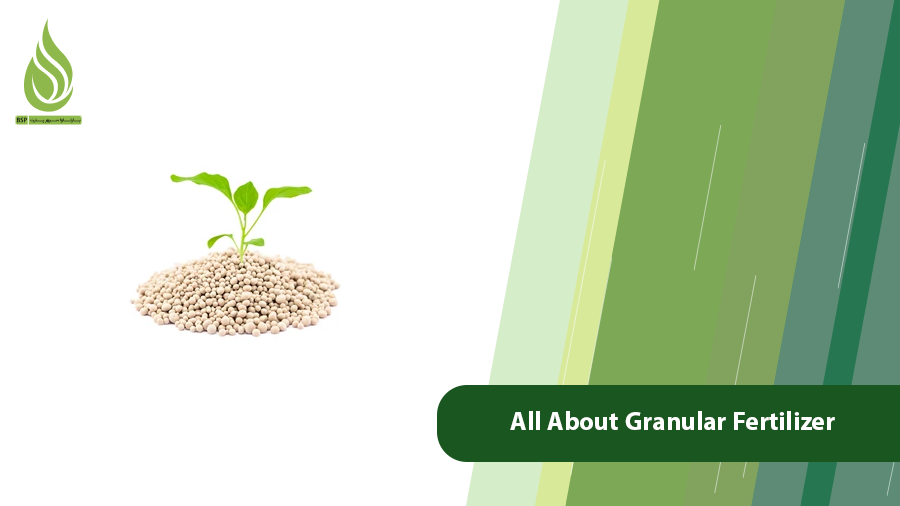
All About Granular Fertilizer: Features, Benefits, and Uses
In modern agriculture, using the right fertilizers is essential for boosting productivity and improving crop quality. Fertilizers come in various forms—crystalline, liquid, granular, and powdered—each with its own pros and cons. Among these, granular fertilizer stands out for its unique characteristics and holds a special place in farming practices. This article explores the ins and outs of granular fertilizer, its advantages, and key tips for optimal use. Let’s dive in.
What Is Granular Fertilizer?
Fertilizers are a critical component of agriculture and gardening, helping enhance crop quality and yields. Broadly, agricultural fertilizers fall into two categories:
- Chemical Fertilizers: Synthetic compounds that dissolve quickly in soil, providing plants with essential micronutrients and macronutrients.
- Organic Fertilizers: Made from natural sources like animal manure, compost, and plant residues. These improve soil structure and promote microbial activity.
Both chemical and organic manure can be produced in granular form. Granular fertilizers consist of small, round pellets with uniform size and shape. These pellets spread easily across soil and dissolve gradually, delivering a slow-release, long-lasting supply of nutrients to plants.
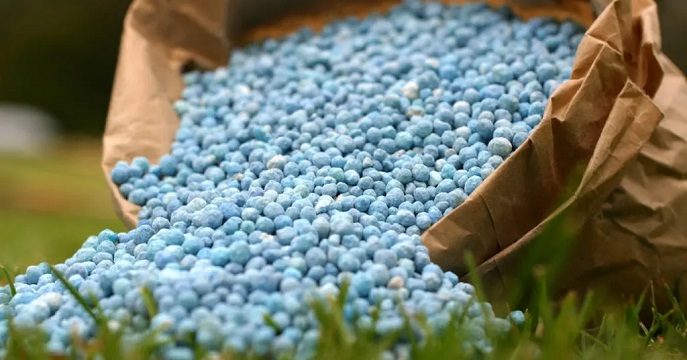
Granular fertilizers can contain nitrogen, phosphate, potash, and other compounds. For example, ammonium sulfate fertilizer—which supplies nitrogen and sulfur needed for trees—can be produced in granular form. In other words, fertilizer manufacturers can provide any required plant nutrient in granular fertilizer.
Benefits of Granular Fertilizer in Agriculture
As one of the most popular fertilizers in agriculture, granular fertilizer offers several advantages:
- Gradual Nutrient Release:
Nutrients are released slowly, ensuring plants receive a steady supply. This leads to improved crop yields. - Diverse Formulations:
Granular fertilizers can combine various nutrients (nitrogen, phosphorus, potassium, etc.) to meet specific crop needs. - Rain Resistance:
Their dense structure reduces nutrient leaching during heavy rainfall. Nutrients stay in the soil longer, maximizing availability to plants and lowering fertilization costs. - Easy Transport and Application:
Granular fertilizers are highly portable and can be spread manually or using farming machinery, saving time and effort. - Compatibility with Other Fertilizers:
They can be applied alongside other granular fertilizers or mixed with crystalline or powdered fertilizers. - Reduced Risk of Root Burn:
Slow nutrient release minimizes the risk of root damage caused by over-concentration. - Environmentally Friendly:
Gradual nutrient release reduces water and soil pollution, making them a sustainable choice. - Soil Structure Improvement:
As slow-release fertilizers, they enhance soil aeration and water retention, promoting healthier root systems.
These key features make granular fertilizer a top choice for modern farming, balancing efficiency, cost-effectiveness, and environmental care.
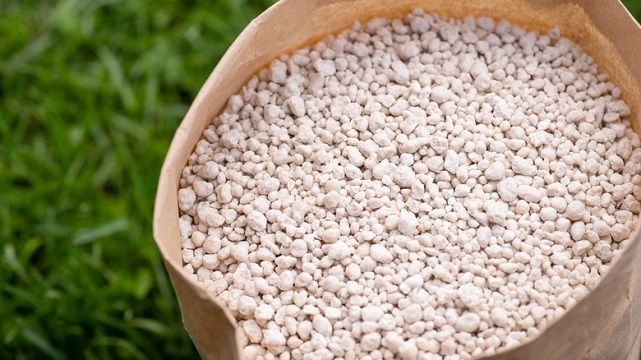
Methods of Applying Granular Fertilizer
Granular fertilizer can be applied using several effective methods, depending on the plant type, soil conditions, and available tools. Each method impacts plant growth and yield, so choosing the right approach is key.
- Topdressing (Surface Application): This method involves spreading granular fertilizer evenly over the soil surface. It’s quick, easy, and commonly used during the growing season. After application, water the soil thoroughly to help dissolve the fertilizer and allow nutrients to penetrate the ground.
- Deep Placement (Subsurface Application): Here, fertilizer is placed deep into the soil near plant roots like Drill-Hole method. This method minimizes nutrient leaching (loss due to water runoff) and improves root access to nutrients. It’s particularly effective for winter fertilization or for trees and deep-rooted plants.
- Soil Incorporation (Mixing with Soil): During planting, granular fertilizer is mixed into the soil before or while planting seedlings. This speeds up nutrient absorption by roots, enhances soil structure, and ensures even nutrient distribution.
The ideal technique depends on your plants’ needs, soil type, and equipment. Consulting with agricultural experts can help tailor the approach for optimal results.
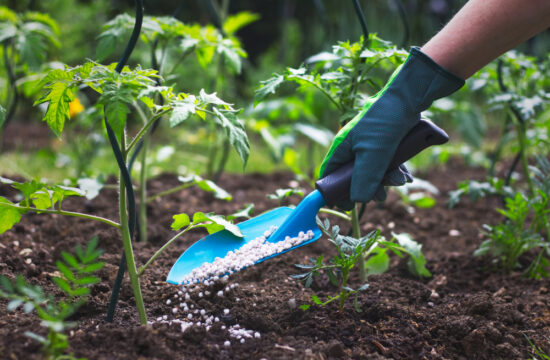
Determining the Right Amount of Granular Fertilizer
Applying the correct amount of granular fertilizer is crucial for plant health and environmental safety. Over-fertilizing can harm plants and ecosystems, while under-fertilizing limits growth. The ideal amount depends on several factors:
- Plant type: Crops like wheat and barley typically require more fertilizer. Vegetables and fruit trees fall in the middle, while ornamental plants need the least.
- Plant age: Younger plants often need less fertilizer than mature ones.
- Soil texture and needs: Sandy, clay, or loamy soils absorb nutrients differently.
- Environmental conditions: Climate, rainfall, and sunlight affect nutrient uptake.
The best way to determine precise fertilizer needs is through a soil test. This test provides a detailed report on:
- Nutrient levels (nitrogen, phosphorus, potassium, etc.).
- Soil pH (acidity or alkalinity).
With these results, you can create a tailored fertilization plan, specifying exact amounts for each growth stage. This approach maximizes plant health, reduces waste, and protects the environment.
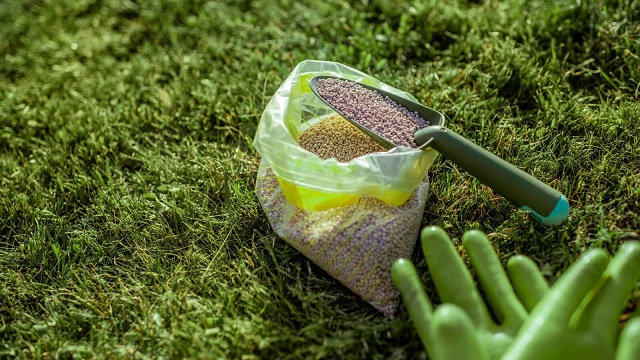
When to Apply Granular Fertilizer
As mentioned earlier, both macro- and micronutrients can be produced in granular form. The best time to apply granular fertilizer depends on three factors: the type of fertilizer, the plant species, and its growth stage. Generally, fertilization occurs in three phases:
- Before Planting or Growing Season
Apply granular fertilizer to prepare the soil by supplying essential nutrients. This step improves soil structure and boosts fertility, creating an ideal environment for seeds or young plants. - During Key Growth Stages
Plants need extra nutrients during critical phases like flowering, fruiting, or rapid growth. Applying granular fertilizer at these times supports healthy development and higher yields. - After Harvest
Adding granular fertilizer post-harvest replenishes the soil, repairs nutrient deficits, and prepares it for the next planting season.
Pro Tip: Always match your fertilization schedule to your plant’s needs. For example, fruit trees benefit from pre-bloom feeding, while vegetables may need mid-season boosts. When in doubt, follow product guidelines or consult a local agricultural expert.